Highlights of Barcelona, Spain
Highlights of Barcelona, Spain
This week, the LIU Global kids spent 4 days exploring the vibrant city of Barcelona, Spain, learning about the culture, tourism, and the independence movement. Continue on to read about the highlights of the city.
La Sagrada Familia
It’s only fair to start with the most famous building in the city of Barcelona. Designed by world-renowned Catalan architect Antoni Gaudí, the cathedral has been under construction since 1882, and is not scheduled to be finished until 2028. I guess I’ll have to take a trip back to the city in a decade or so to see the final product.
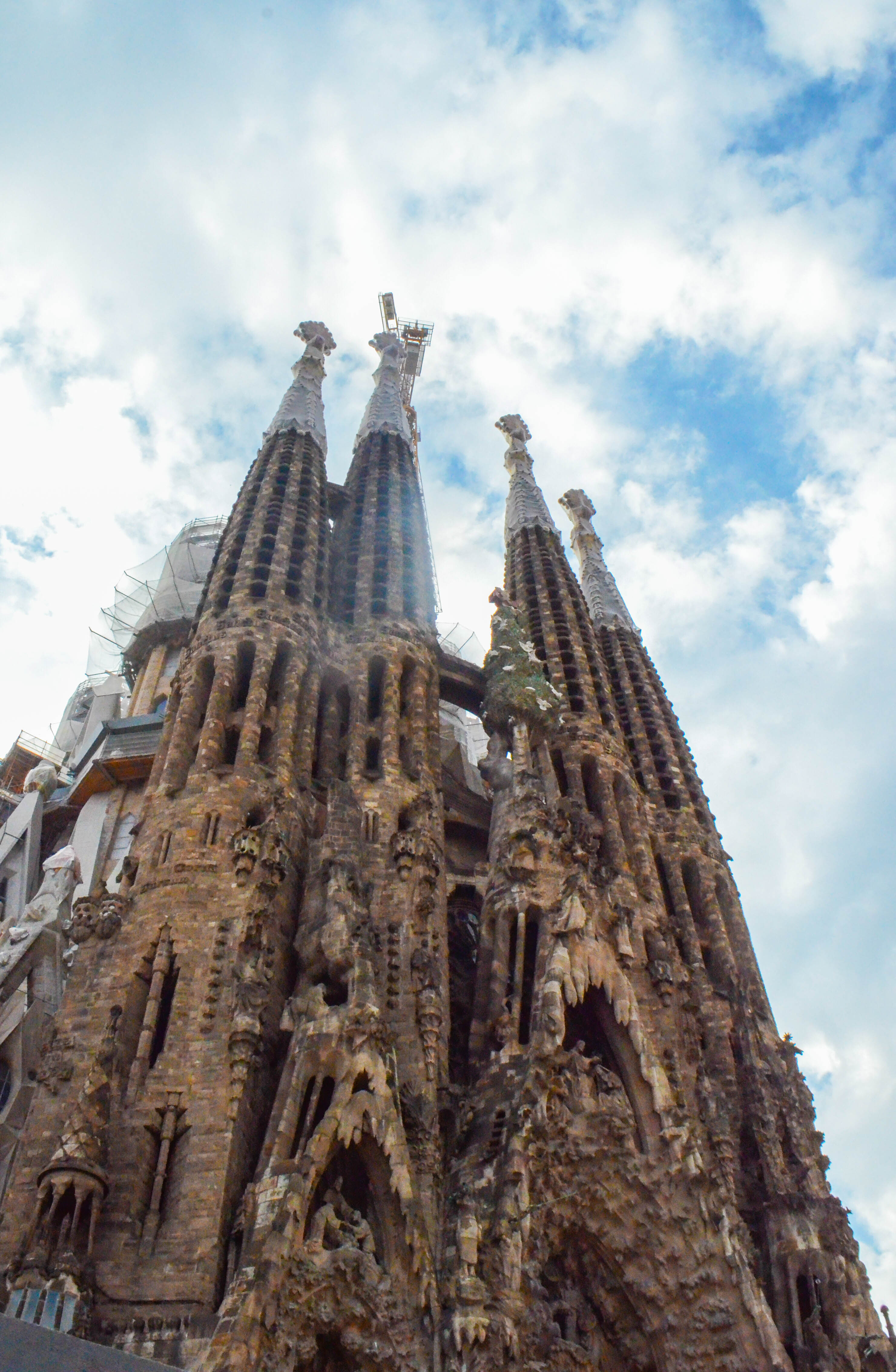
The nativity facade of the Sagrada Familia.
I was walking through a park when I first looked up and saw the Sagrada Familia emerge from the trees. I was in awe. I had seen photos, but none of them can do the building justice. One side features scenes from the nativity, and the other portrays the crucifixion.
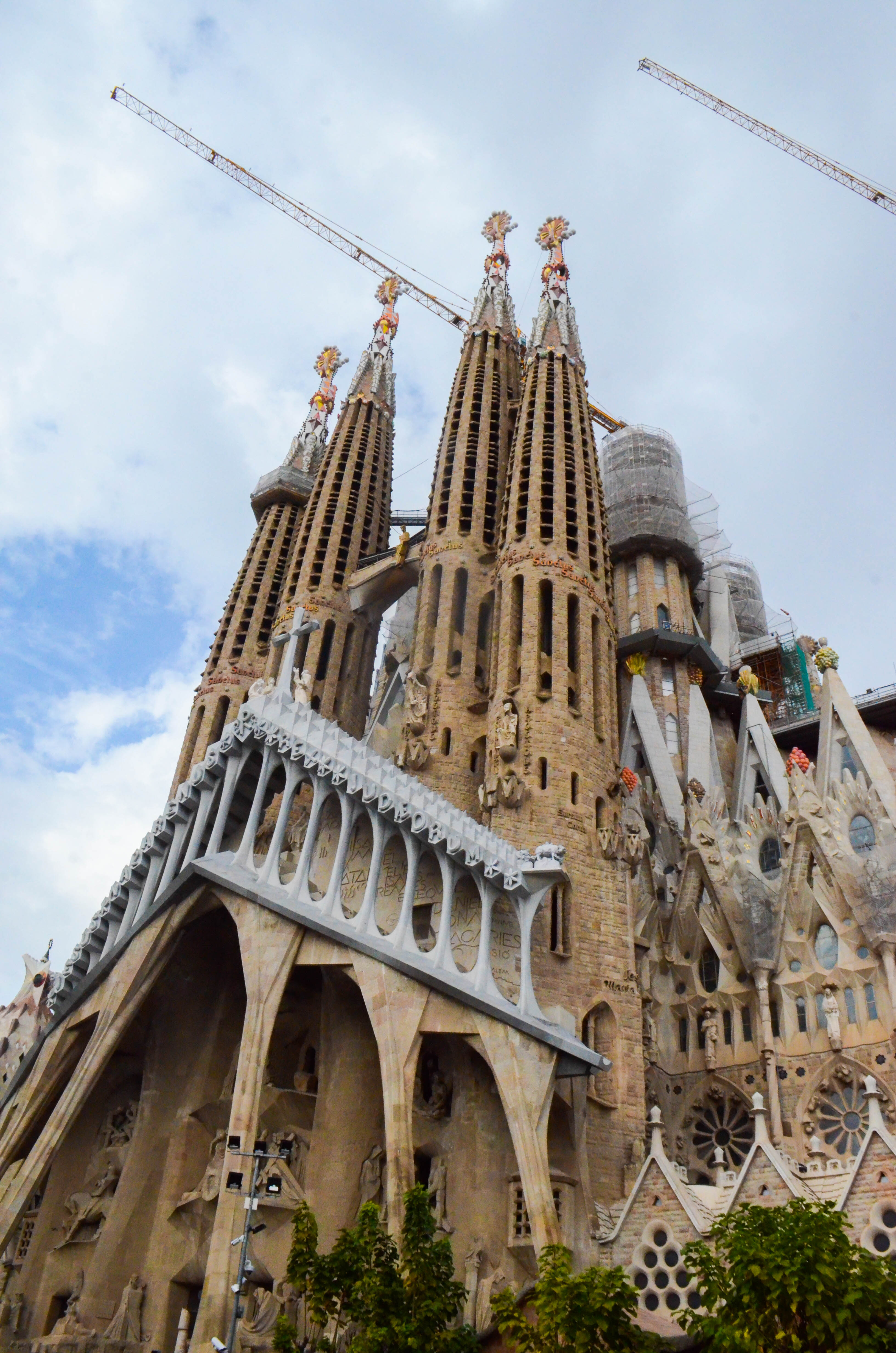
The crucifixion facade of the Sagrada Familia.
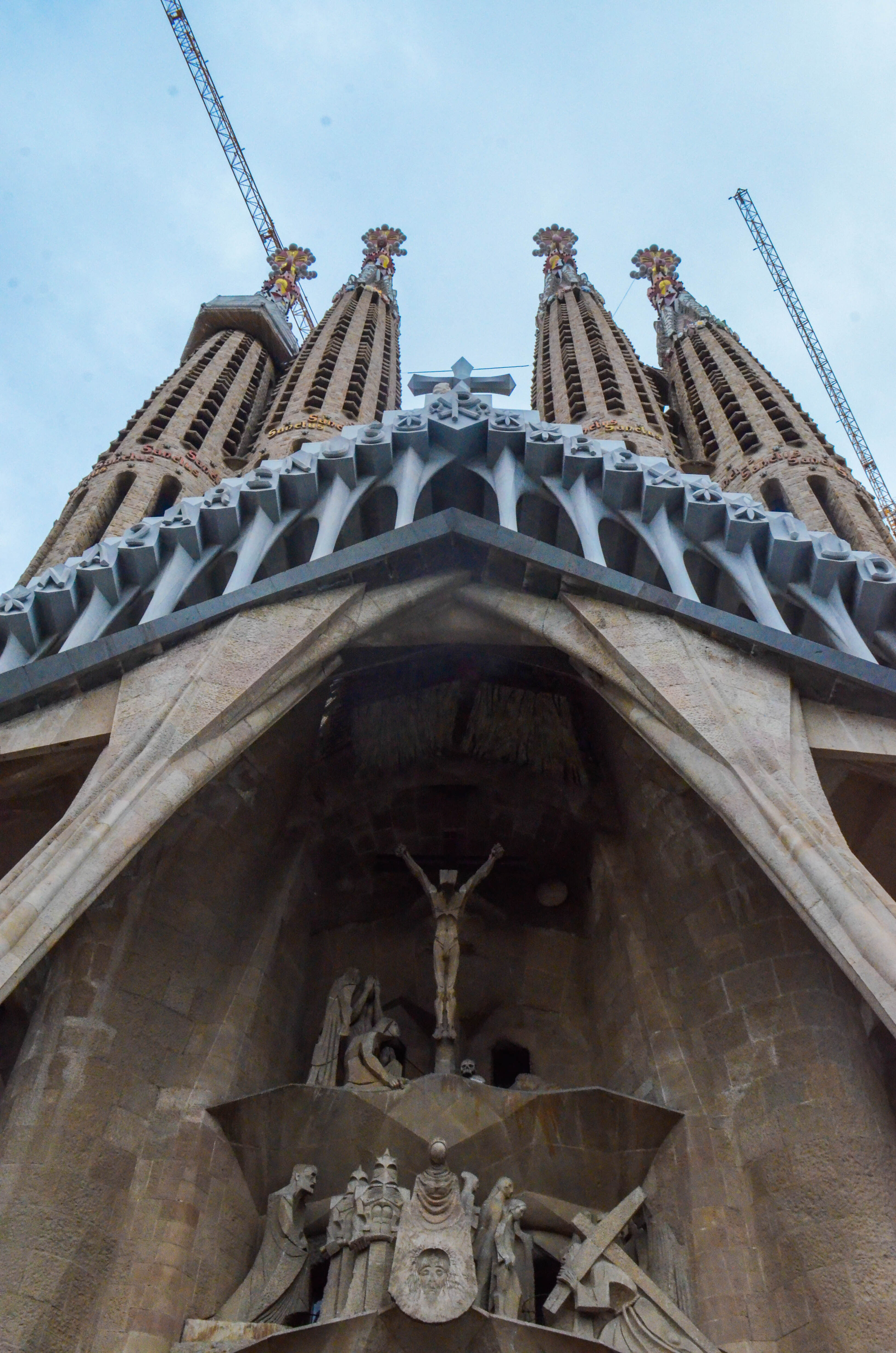
A look at the cubistic representation of the crucifixion of Christ. Look closely at the face of the man bottom-left, and you may recognize the features of Gaudí himself.
Weird fun fact about Gaudí’s methods: he chloroformed animals, some even as large as a donkey, to create casts for the nativity facade. Even weirder, he took casts of still-born babies. He got permission from a local hospital to use them, but that only makes the situation marginally better.

Mary, Joseph, and baby Jesus along with farm animals. Was it this donkey sculpture that Gaudí used chloroform to create?
But the outside, in my opinion, does not begin to compare to the inside. Upon entering, my jaw dropped. I’m not sure I’ve ever seen such a beautiful space created by man. I apologize that my photos cannot begin to capture the stunning allure of the inside of the cathedral.
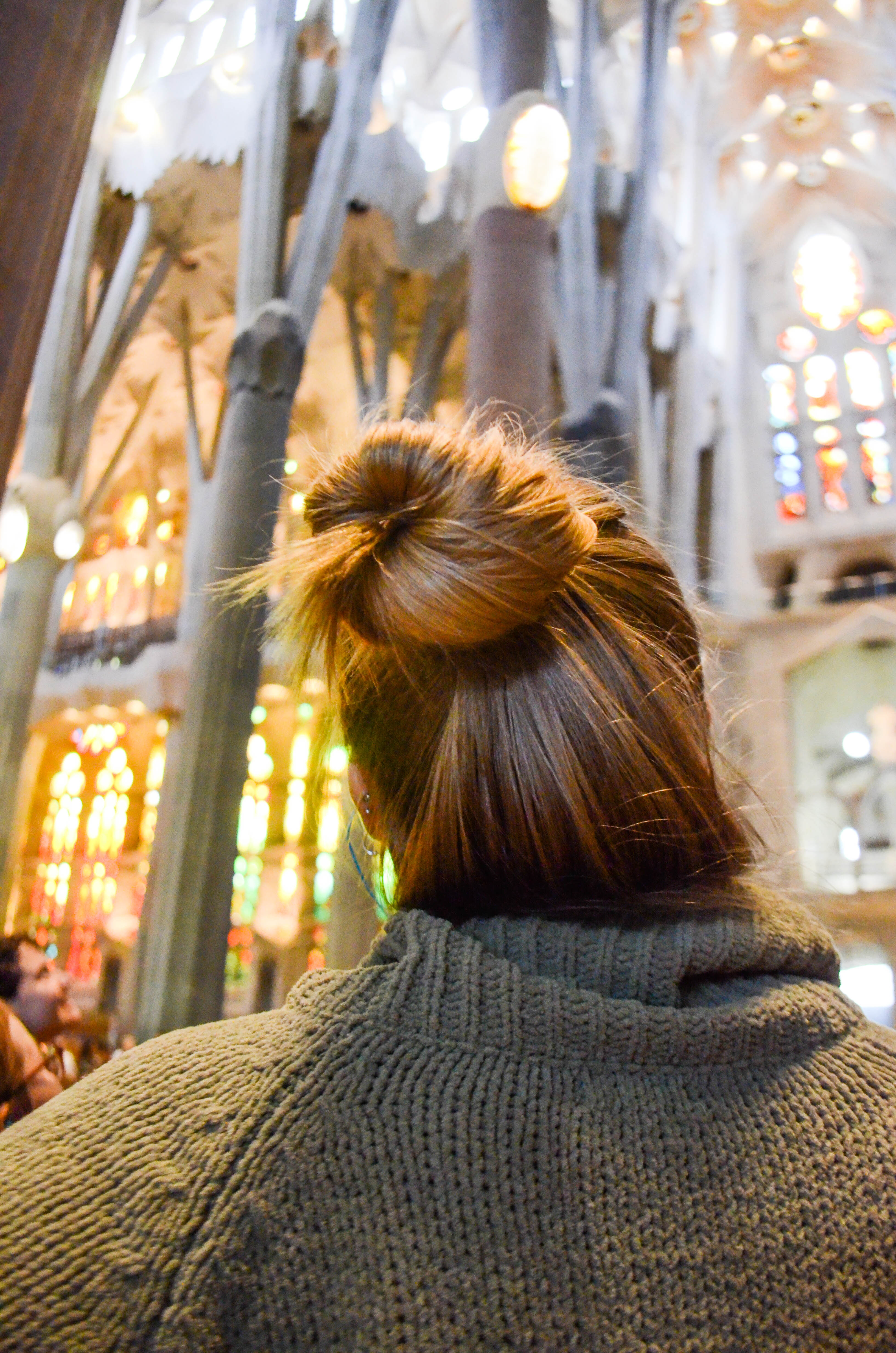
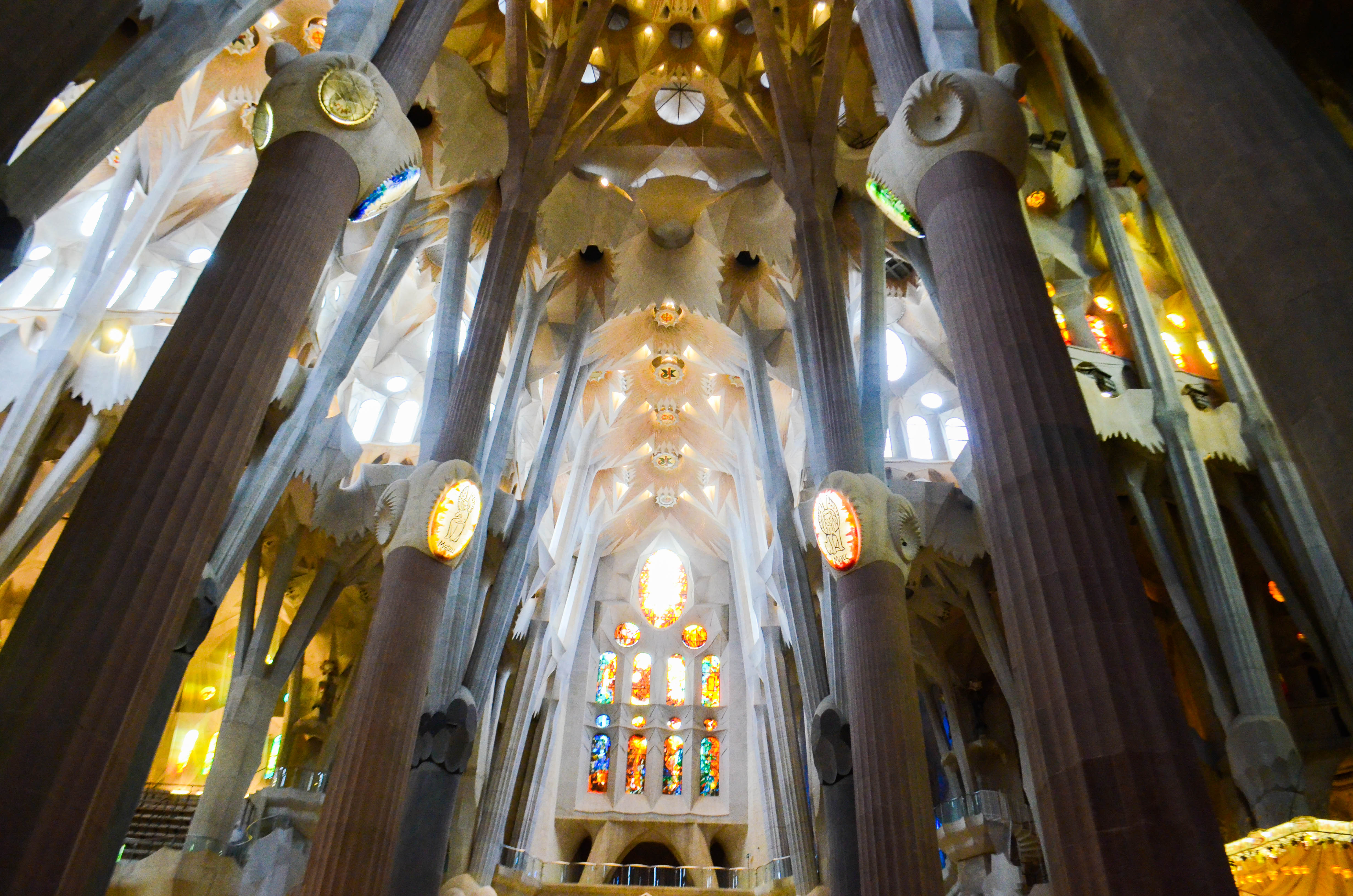
The inside of the Sagrada Familia.
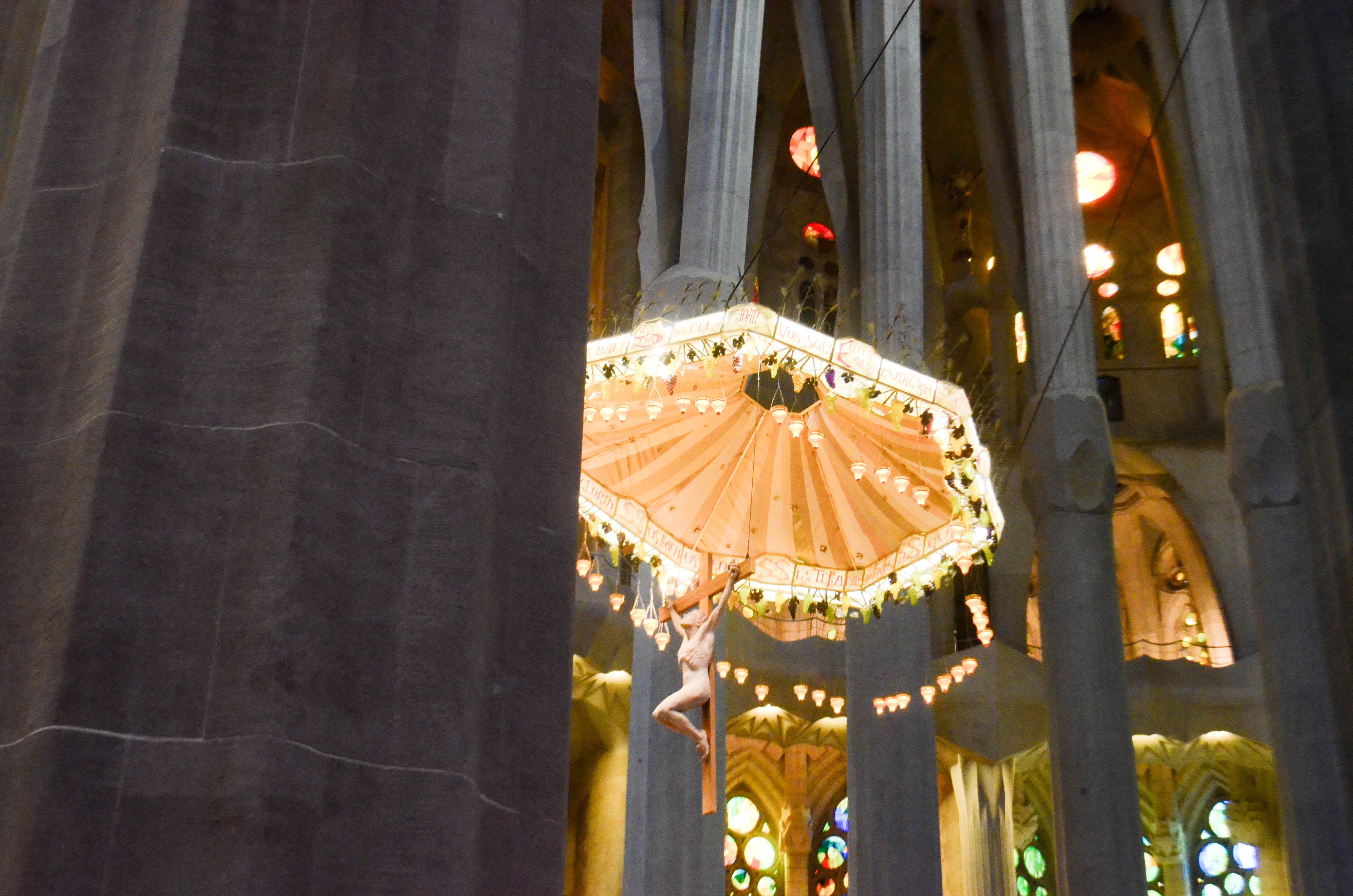
Another representation of the crucifixion of Christ inside of the Sagrada Familia.
This building is one that I feel everyone should see at least once in their lifetime. It is like no other building or cathedral I have ever seen. I usually do not like the feeling and oppressive designs of cathedrals and basilicas, but this one is warm, inviting, and evoked happiness in me when I stood inside its nave.
Barrio Gótico
Barcelona’s Gothic neighborhood, although touristy, is charming and interesting to explore. It begins with the Cathedral of Barcelona, an imposing Gothic structure that we did not venture inside because it cost 7 euros. Such is the life of a college kid on a budget. But it is undoubtedly beautiful, and there is plenty around the cathedral to occupy time.
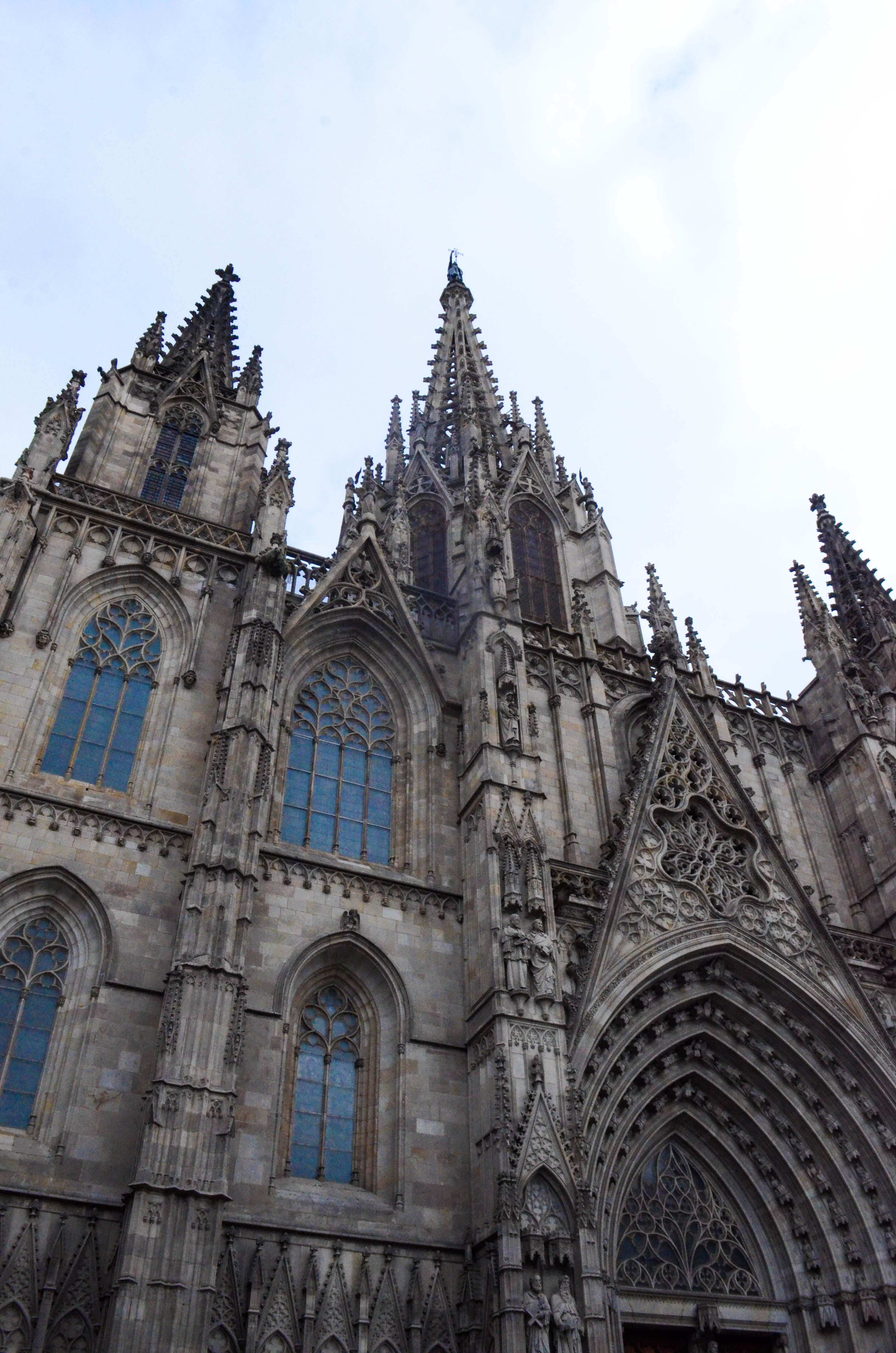
The Cathedral of Barcelona.
Around the neighborhood one can stumble upon delicious gelato (the chocolate mint is to die for), street performers, sculptures, and street art that brings a modernity to the old stone facades.

A large, metal sculpture found in the Gothic neighborhood of Barcelona.
- Street art found in the Gothic Neighborhood of Barcelona.
- Street art found in the Gothic Neighborhood of Barcelona.
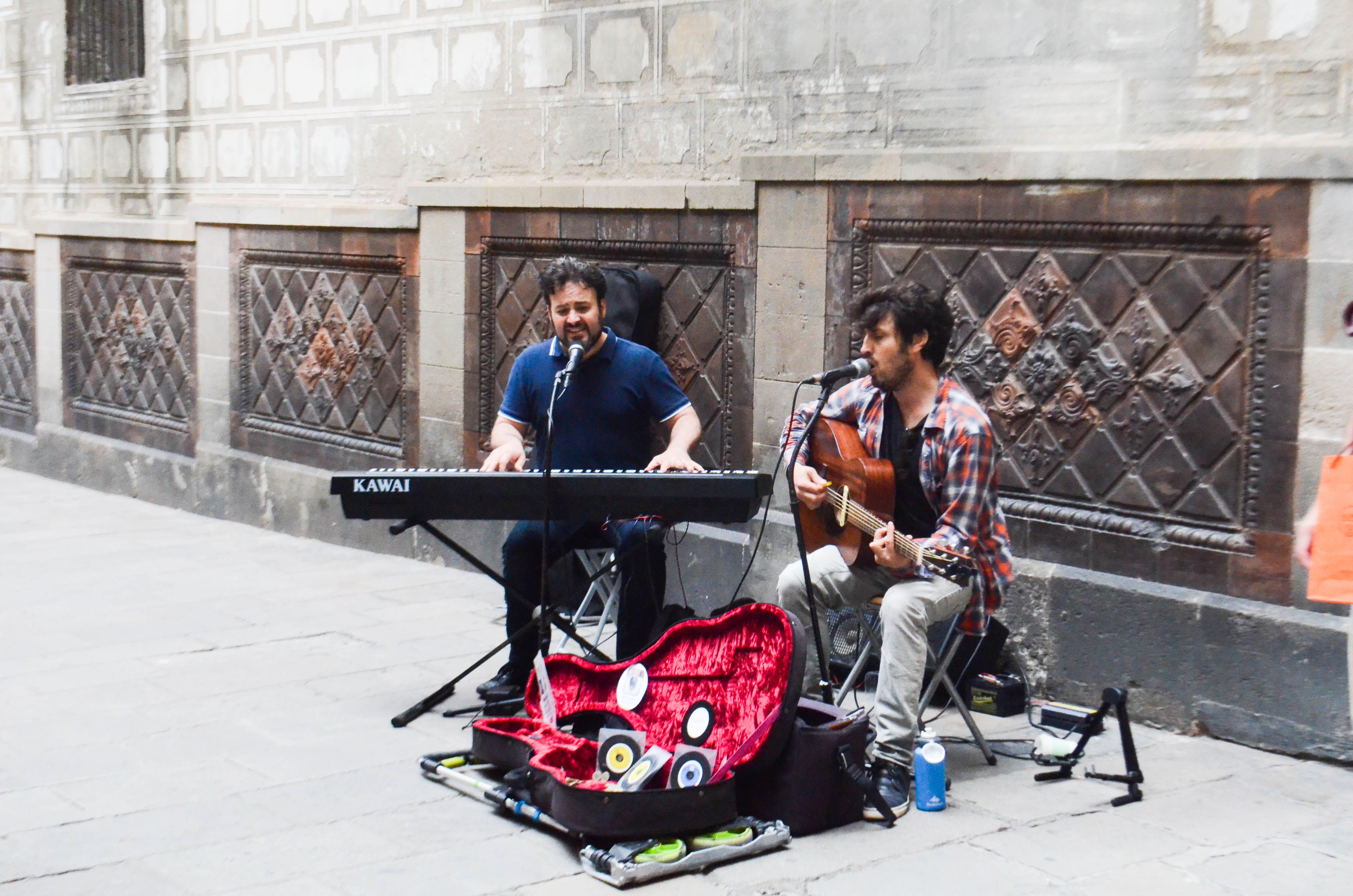
Street performers singing “Back in Black” by Amy Winehouse in the Gothic Neighborhood of Barcelona.
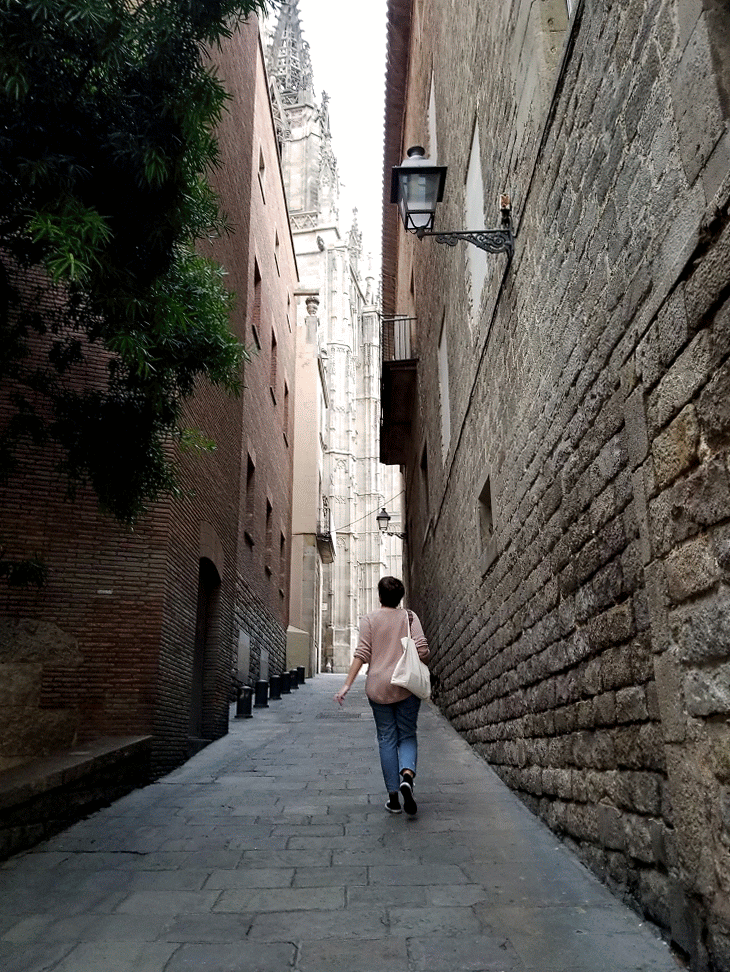
Walking around the Gothic Neighborhood. Animation by Portia Muehlbauer.
- Portraits in the Gothic Neighborhood. Photo by Portia Muehlbauer.
- Portraits in the Gothic Neighborhood. Photo by Portia Muehlbauer.
Also found in the Barrio Gótico is the Picasso Museum. I loved the museum, as it gave me greater insight into the evolution of Pablo Picasso. His early work, done in his teens, is technically phenomenal, but as he found his style as an artist and gained popularity, he seemed to throw any preconceived rules out the window.

Photos aren’t allowed in the Picasso Museum – here’s the one photo I took before I was reprimanded and told about the rule.
My absolute favorite room in the museum included his interpretations of the Velasquez painting, Las Meninas. This painting, which resides in the Prado Museum in Madrid, is well-known around the world, and Picasso spent a few months breaking it down in his own style.

Las Meninas by Diego Velasquez

One of Pablo Picasso’s interpretations of Las Meninas.
I have been fascinated by the Las Meninas painting for some time, so it was surprisingly interesting to view the many cubistic interpretations of the painting by Picasso.
Markets: La Boqueria and Mercat del Encants
On our last day in Barcelona before catching our train back to Madrid, my classmates and I decided to explore two of the city’s markets: Mercat de La Boqueria and Mercat del Encants.
La Boqueria is a well-known market located along Las Ramblas, the touristy heart of Barcelona. The walkways along Las Ramblas were packed on the Saturday morning, but the paths throughout the market were not too overwhelming. We wove up and down the aisles, looking warily at live snails and seafood, and sampling divine juices, meats, cheeses, and fruits.
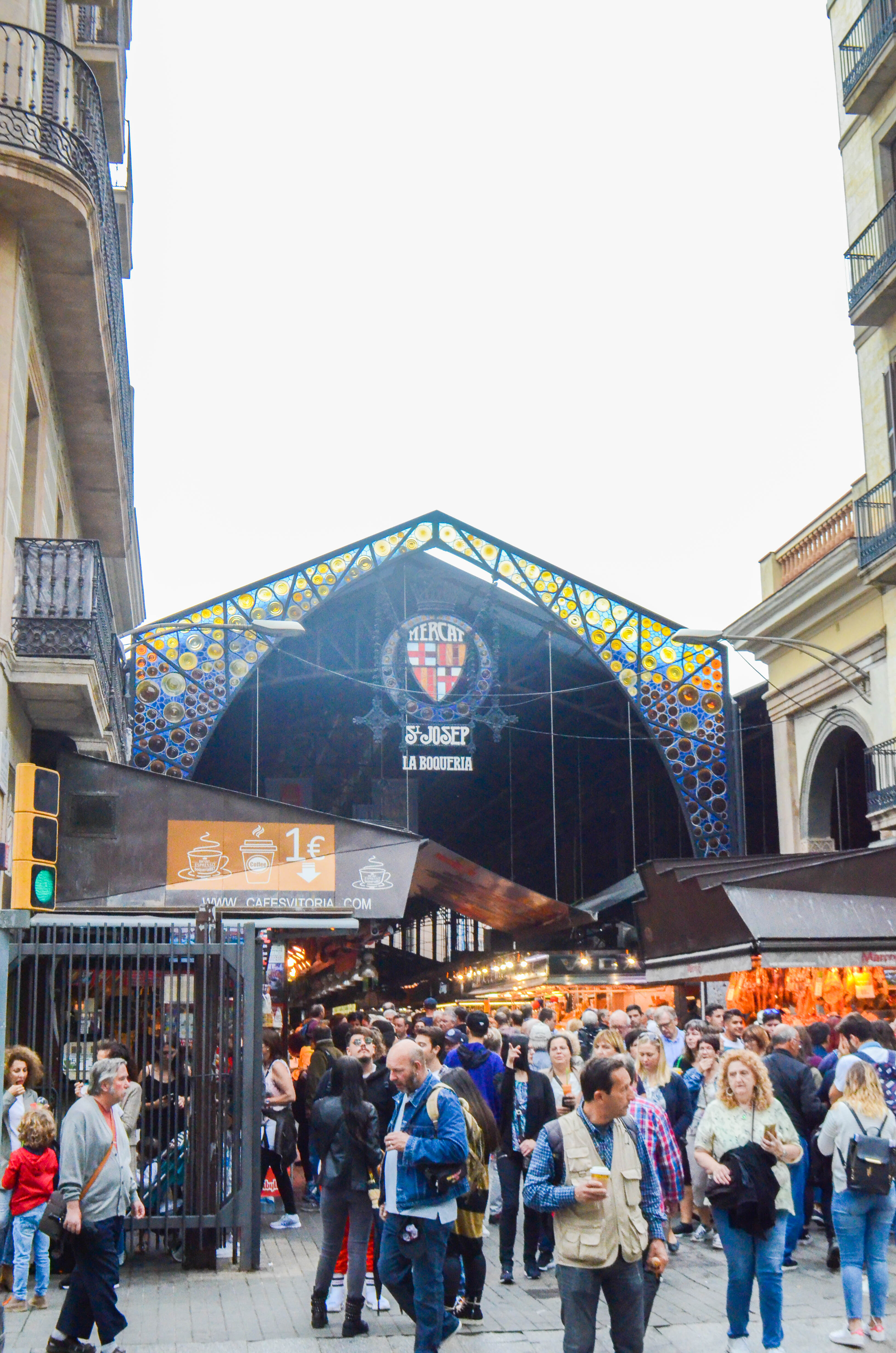
The outside of the Boqueria Market along Las Ramblas.
- A runaway snail in La Boqueria market.
- Snails for sale in La Boqueria market.
- Fresh juices in La Boqueria market.
- Fresh fruits in La Boqueria market.
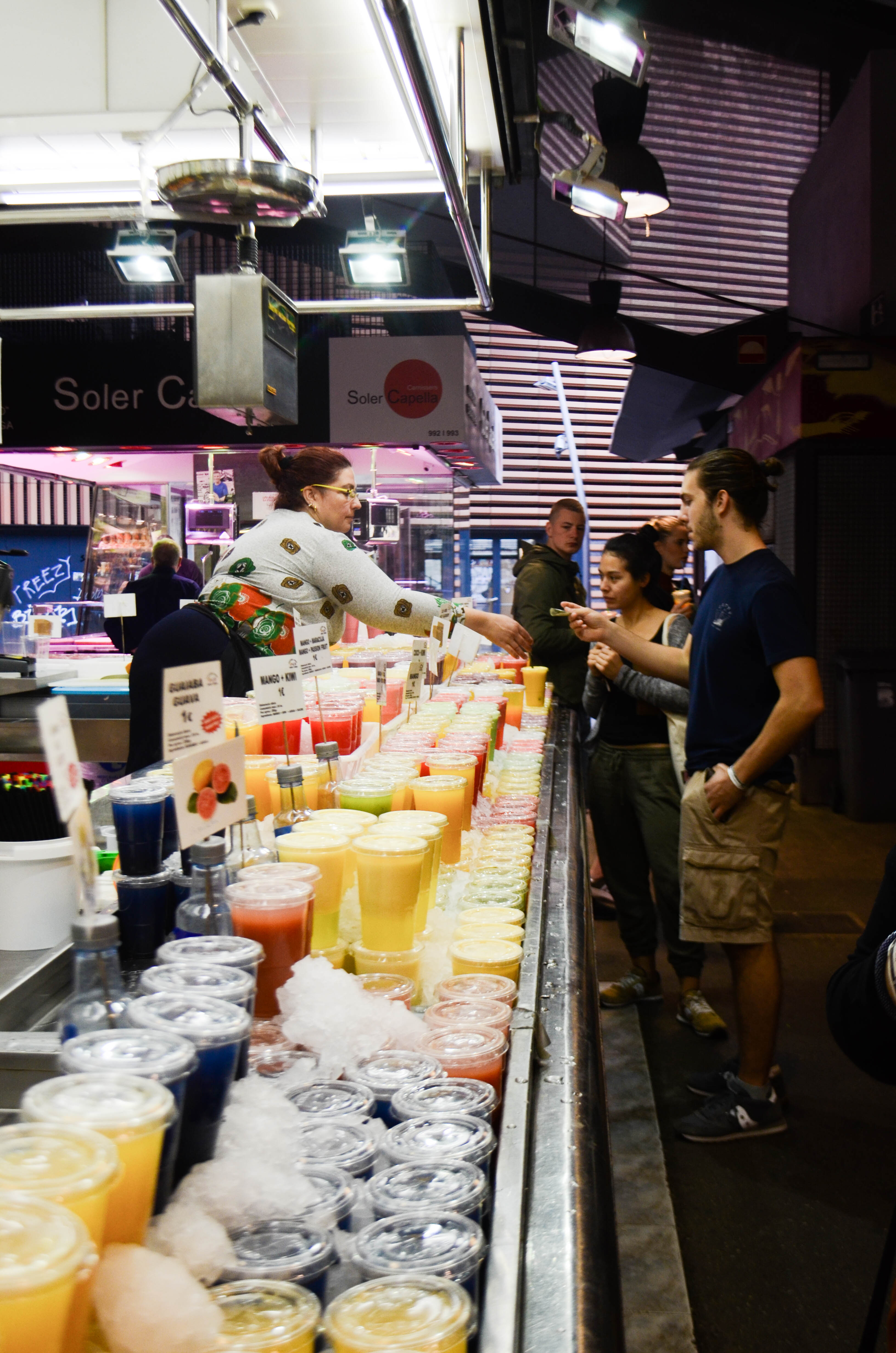
In the market, we tried many juice flavors, such as blackberry and coconut, coconut, banana and chocolate, guava and vanilla, and more. For only 1 euro apiece, they were a steal!
- Fresh sea urchins for sale in La Boqueria market.q
- Fresh fish in La Boqueria market.
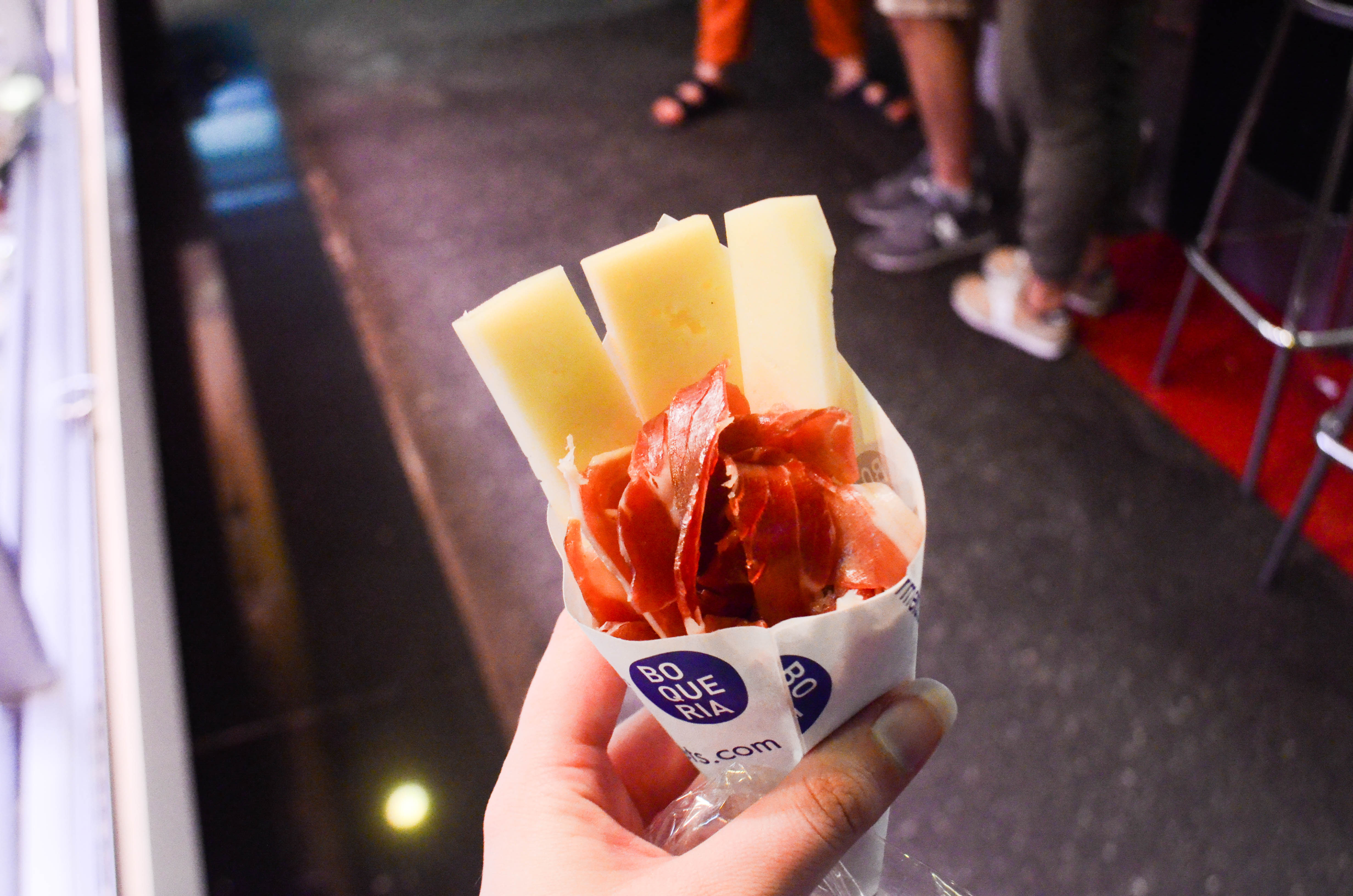
My friend Portia and I split this 5 euro ham and cheese mix. Spain is known for having good ham, and it lived up to the expectations.
- Fresh dragon fruit for 2.5 euros in La Boqueria market.
- Fresh coconut for only 1.5 euros in La Boqueria market.
I was pleasantly surprised that the prices in the market were not sky-high, as is typical in tourist destinations. We were able to snack around the market for just a few euros apiece. La Boqueria is a great place for a mid-morning or late-afternoon snack during the long stretches in between Spanish meal times.
After filling our bellies with treats from La Boqueria, we took the metro to Mercat del Encants, a huge flea market.
This market was flooded with locals and tourists alike, and vendors spread their plethora of goods out on any spare space they could find. It was a bit overwhelming, but if you’re willing to hunt and love a good deal, then this market is worth the trip.

Mercat del Encants, with its large, mirrored ceiling and 5×10 euro boxer specials.
- A view of the stalls of Mercat del Encants.
- A view of the stalls of Mercat del Encants.
Here’s a quick time-lapse I took of the ceiling and main floor of the bustling market.
[youtube https://www.youtube.com/watch?v=1YJyA_jmBPc&w=560&h=315]
Casa Milá
Also known as Casa Perdrera, Casa Milá is another one of Gaudí’s masterpieces. We were able to explore the gorgeous rooftop terrace inspired by nature’s ebbs and flows, and the four elements.
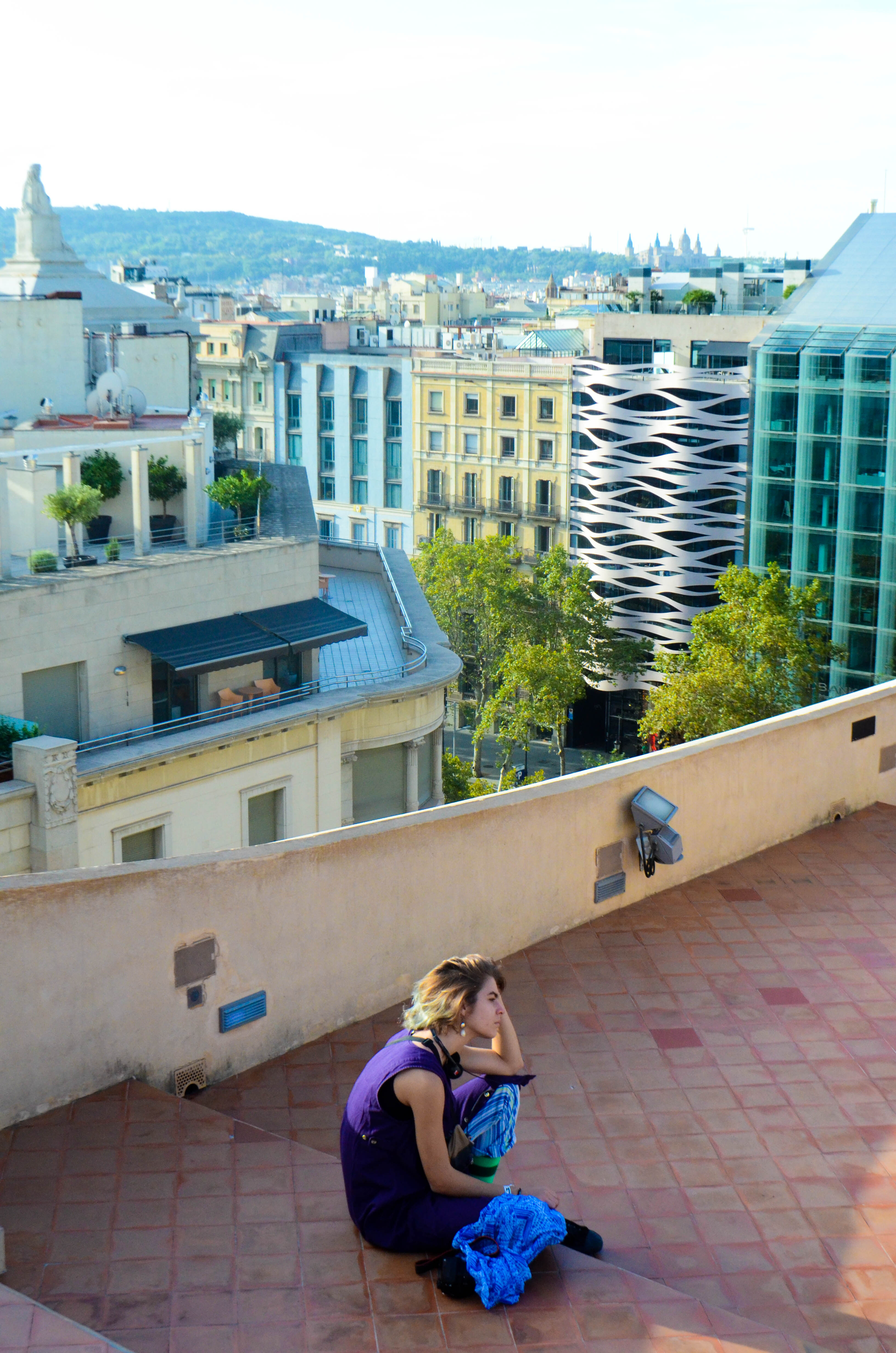
Jackie sitting on the steps of the rooftop terrace of Casa Milá.
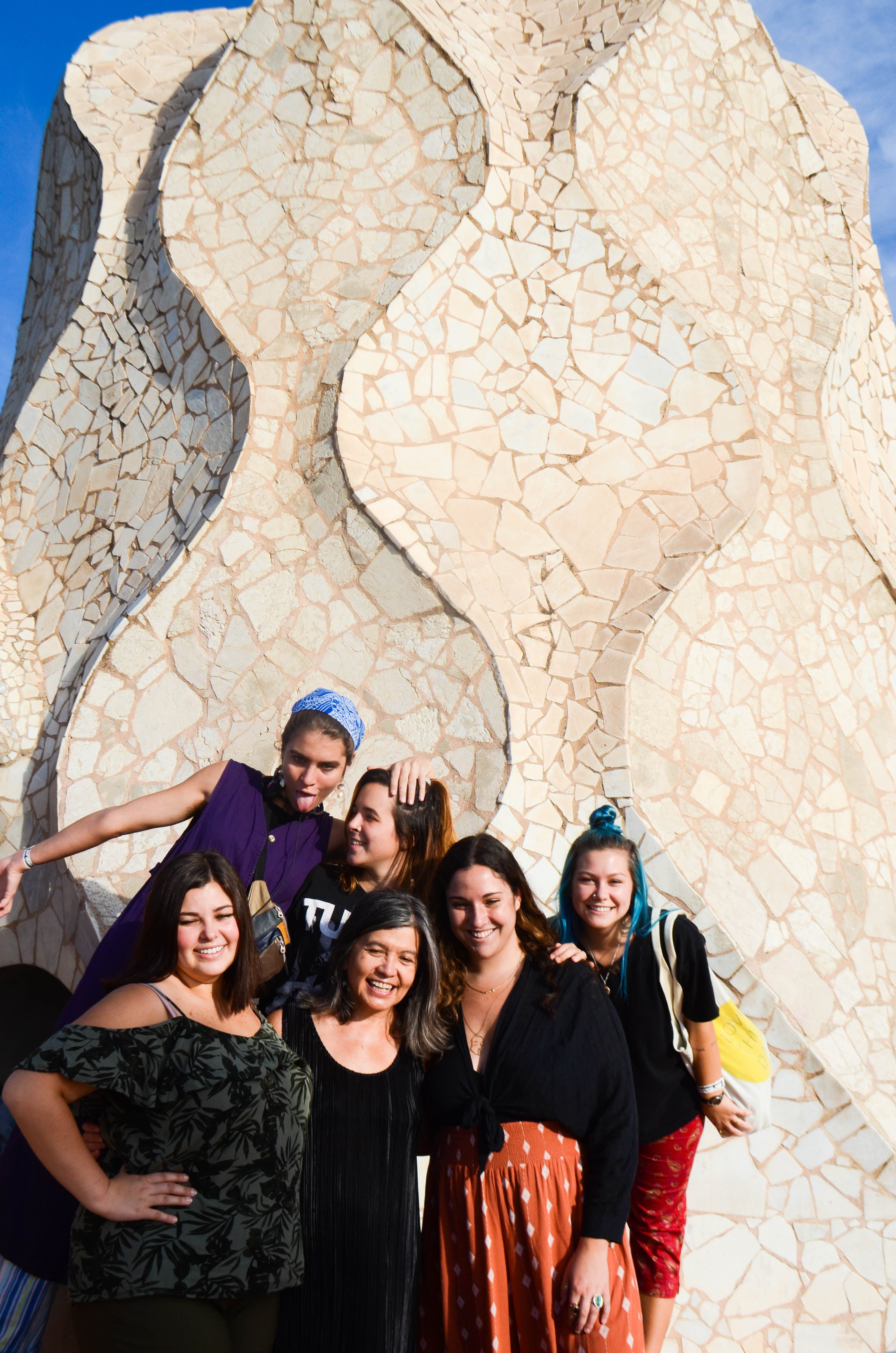
My classmates and professor on the rooftop terrace of Casa Milá.
I could have spent the whole day on that rooftop terrace, but eventually we wandered down to an exhibition giving background on the structure as well as a glimpse into the residential part of the building. I could only dream of living in such a beautiful building that seems to breathe and exude liveliness.
Parc Güell (pronounced Gway)
You guessed it, another Gaudí design. The park is named for a wealthy Catalan businessman Eusebi Güell, who was in love with Gaudí’s work and commissioned several of his pieces around the city.
This park is located above the city, and provides gorgeous views of the city and the sea below.
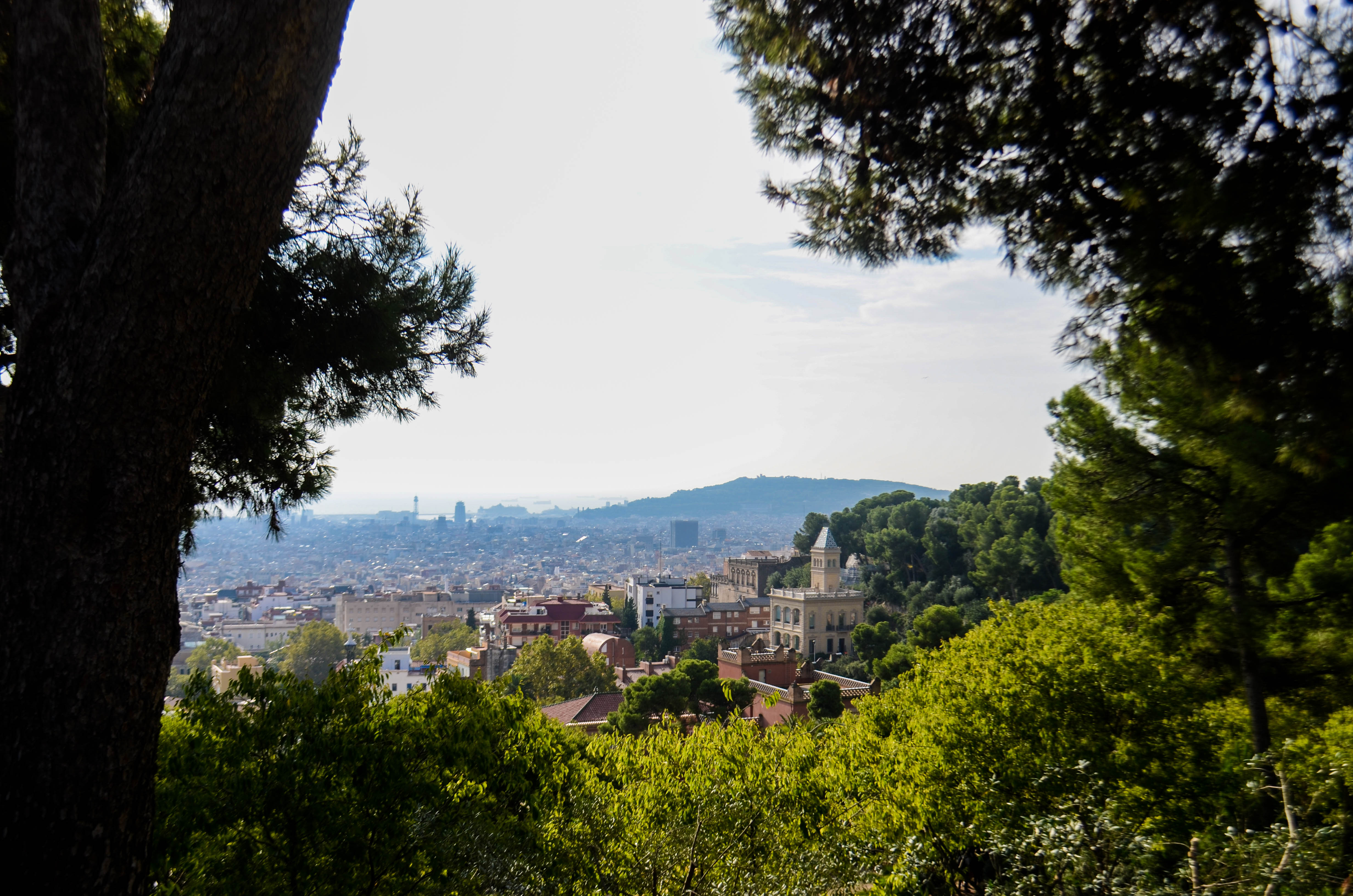
A view of Barcelona from Parc Güell.
The walkways along the path to the centerpiece of the park are bracketed by large, man-made rock formations that look like something out of Pandora in the movie Avatar.
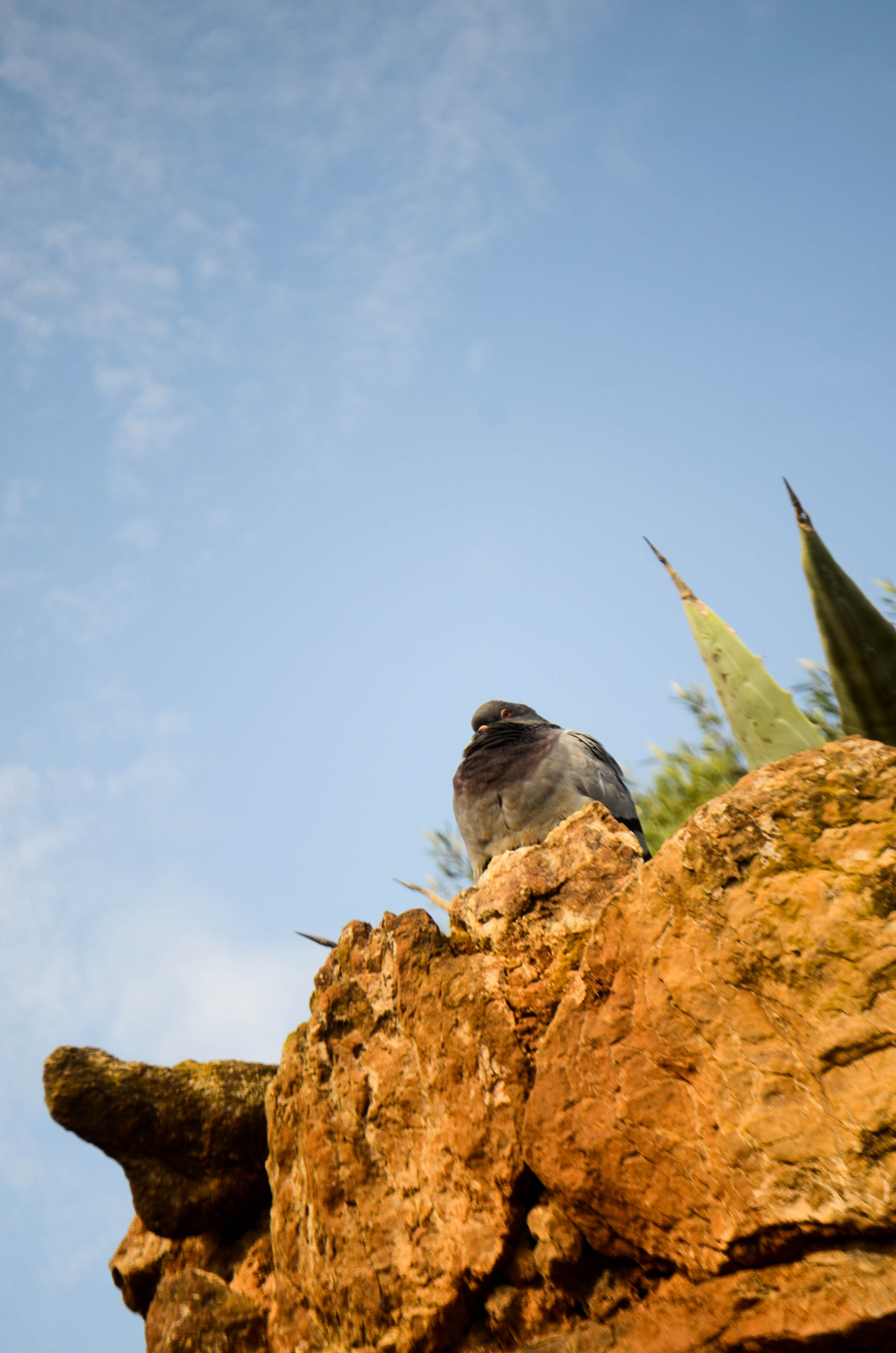
These parts of the park are fully open to the public, and don’t require a ticket to enter. To see Gaudí’s tile-work in the centerpiece of the park, however, you’ll need a ticket costing 7.5 euros booked well in advance. Here’s why the cost and time used to book the ticket is worth it:
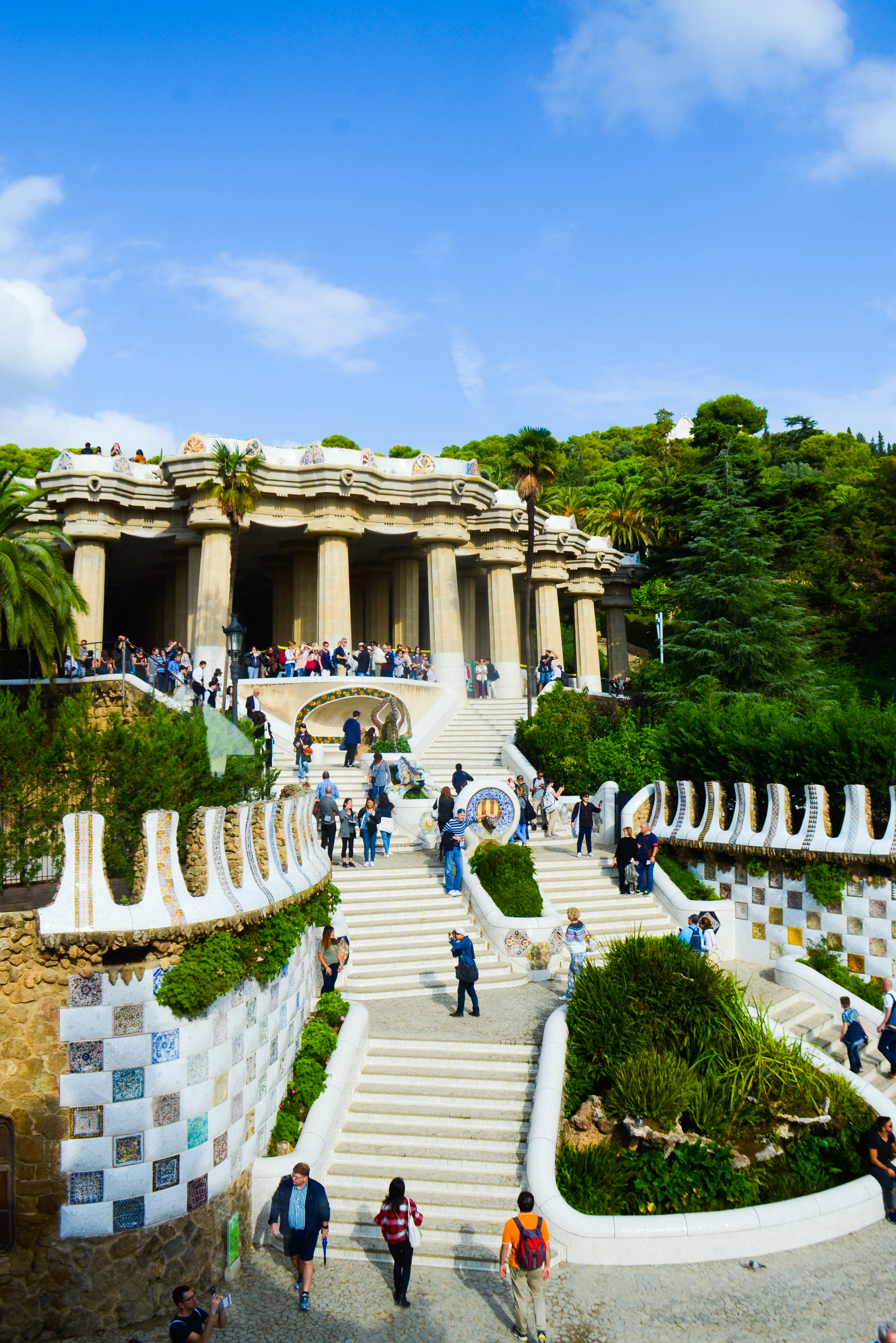
A view of the steps of Parc Güell.
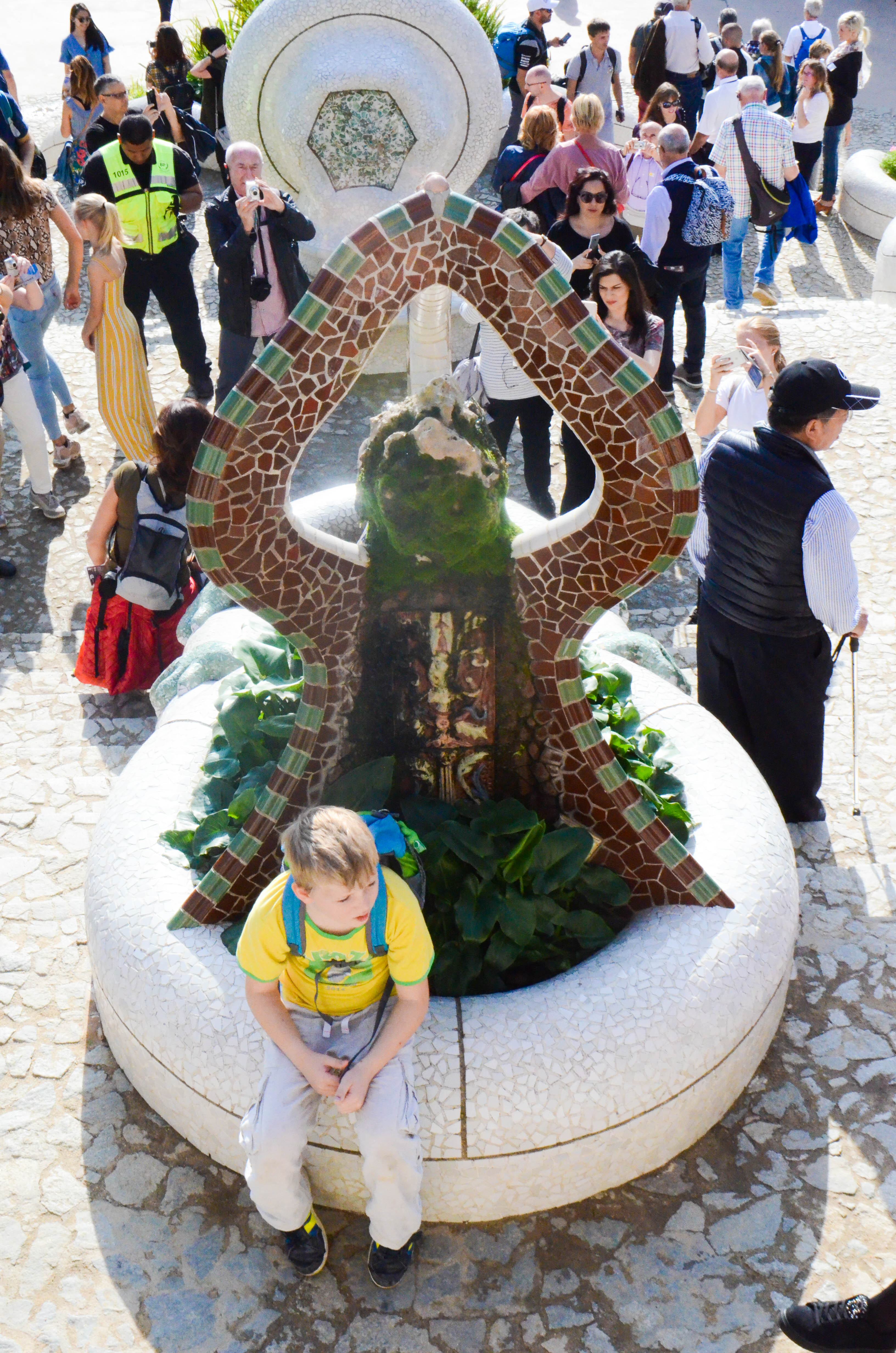
The colors can’t help but make you feel happy, and the odd shapes can’t help but take you back to readings of Dr.Seuss books during your childhood. This park is definitely a must-see while visiting Barcelona.
The City’s Fighting Spirit
If you aren’t aware, Catalonia, a north-eastern region of Spain, is currently in a fight for independence. The region speaks a completely different language, called Catalan, has a distinct culture, and has a contentious history when it comes to the region being considered a part of Spain.
October of last year, a referendum was held, and citizens fought national police violence and smuggled ballot boxes over the French border in order to voice their opinion on independence. What followed was the proclamation of the Catalan Republic, and backlash from the Spanish government in the forms of dissolving the Catalan Parliament, exiling leaders, and calling for a new Presidential election.
Now, almost exactly a year after the referendum, Catalan independence flags can be seen flying in the streets, and demonstrations still regularly take place.
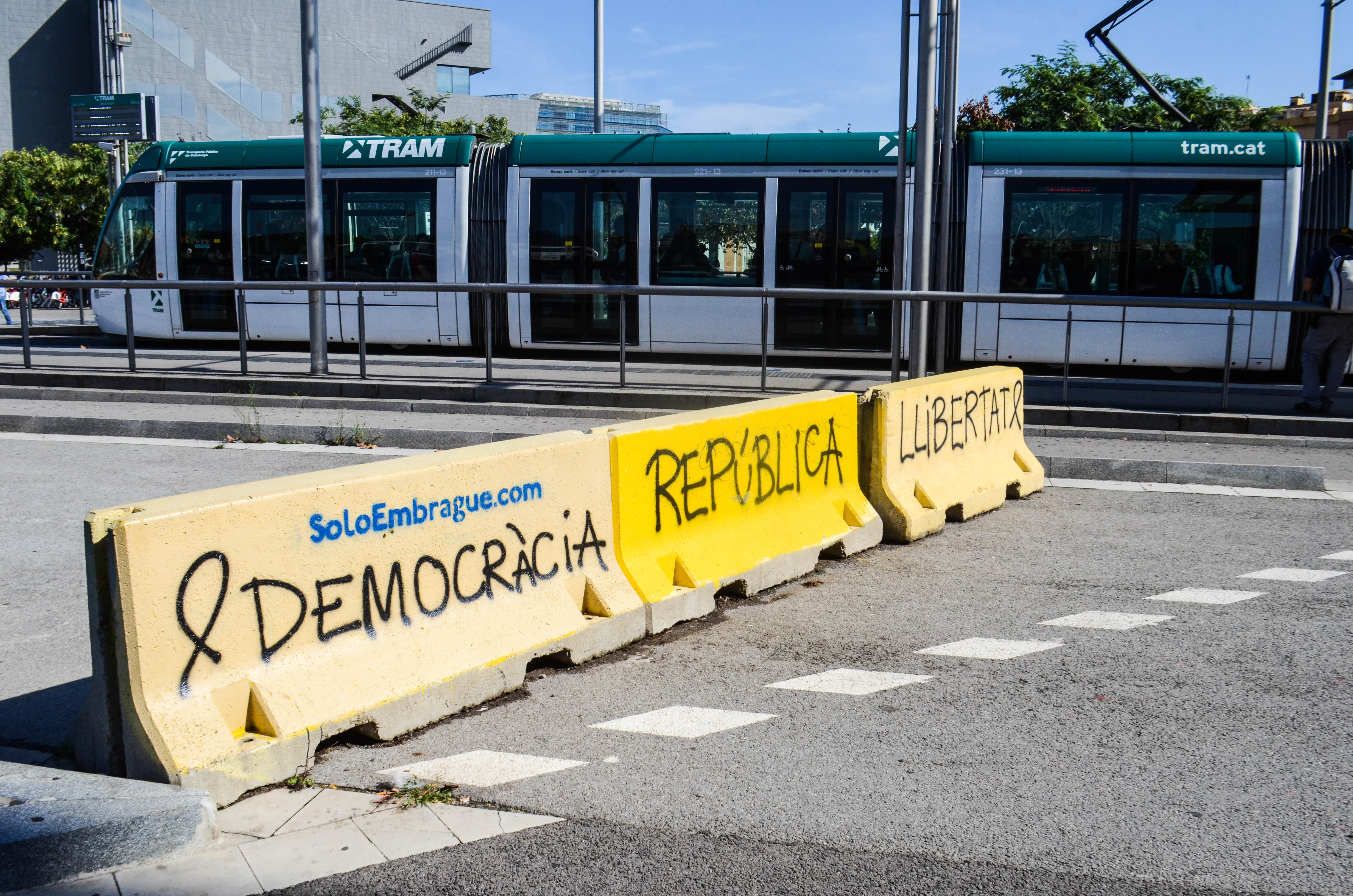
Graffiti reading “Democracy, Republic, Freedom” in the Catalan language.
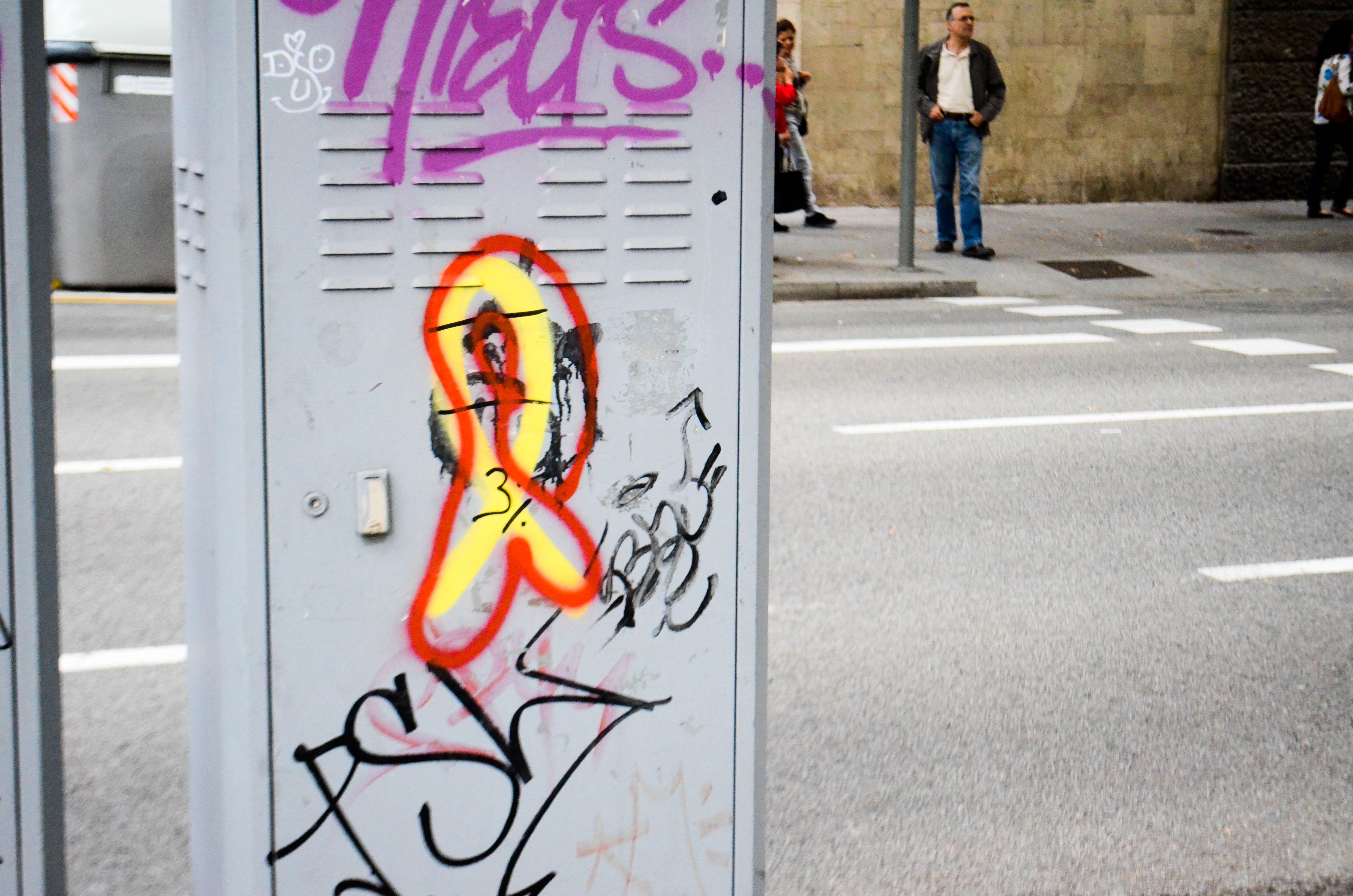
The yellow ribbon, sometimes embellished with red, stands for the movement for Catalan independence. It can be seen displayed on buildings and worn by people around the city.
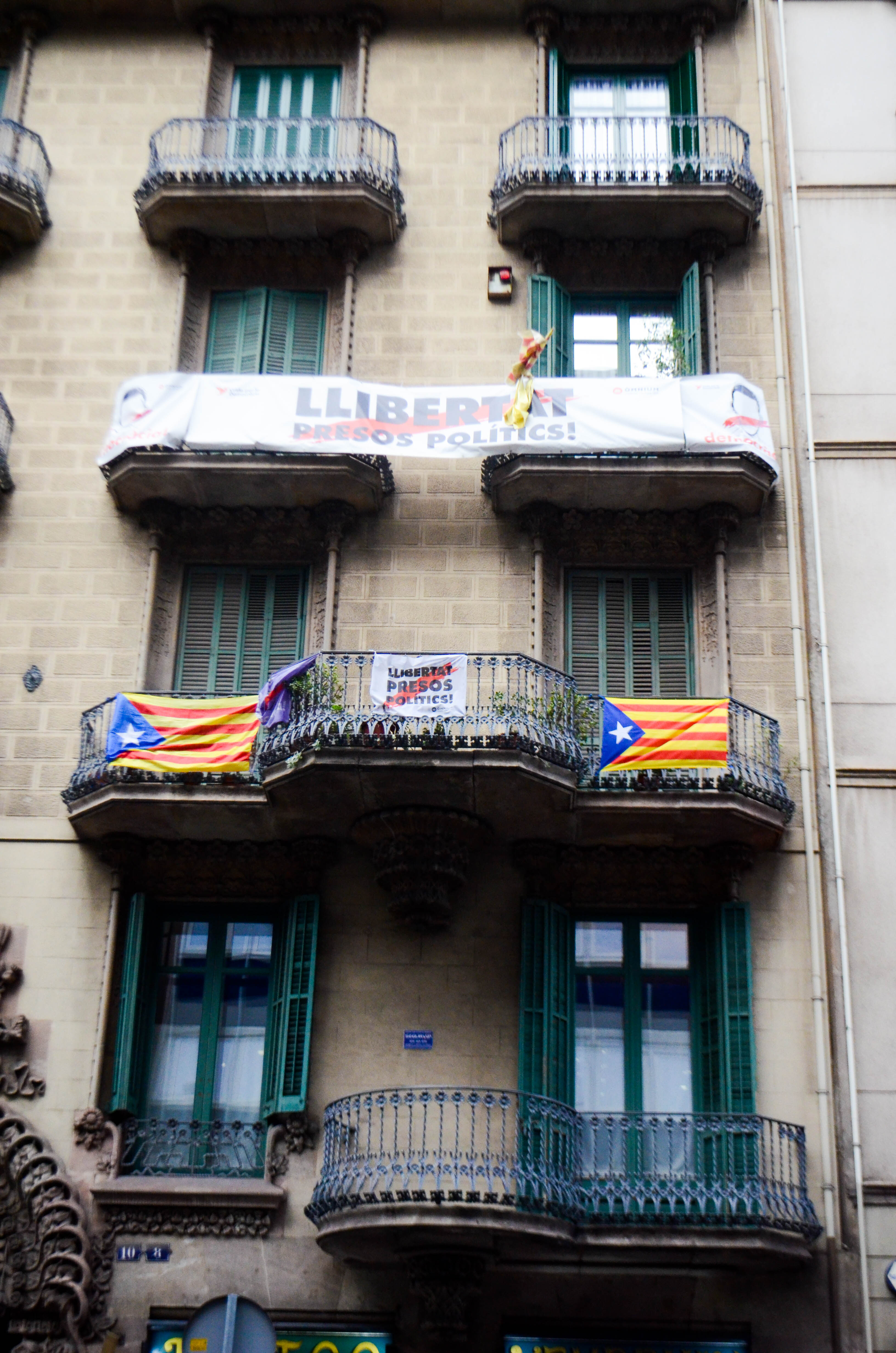
White signs reading “Free Political Prisoners” alongside the Catalan independence flags.
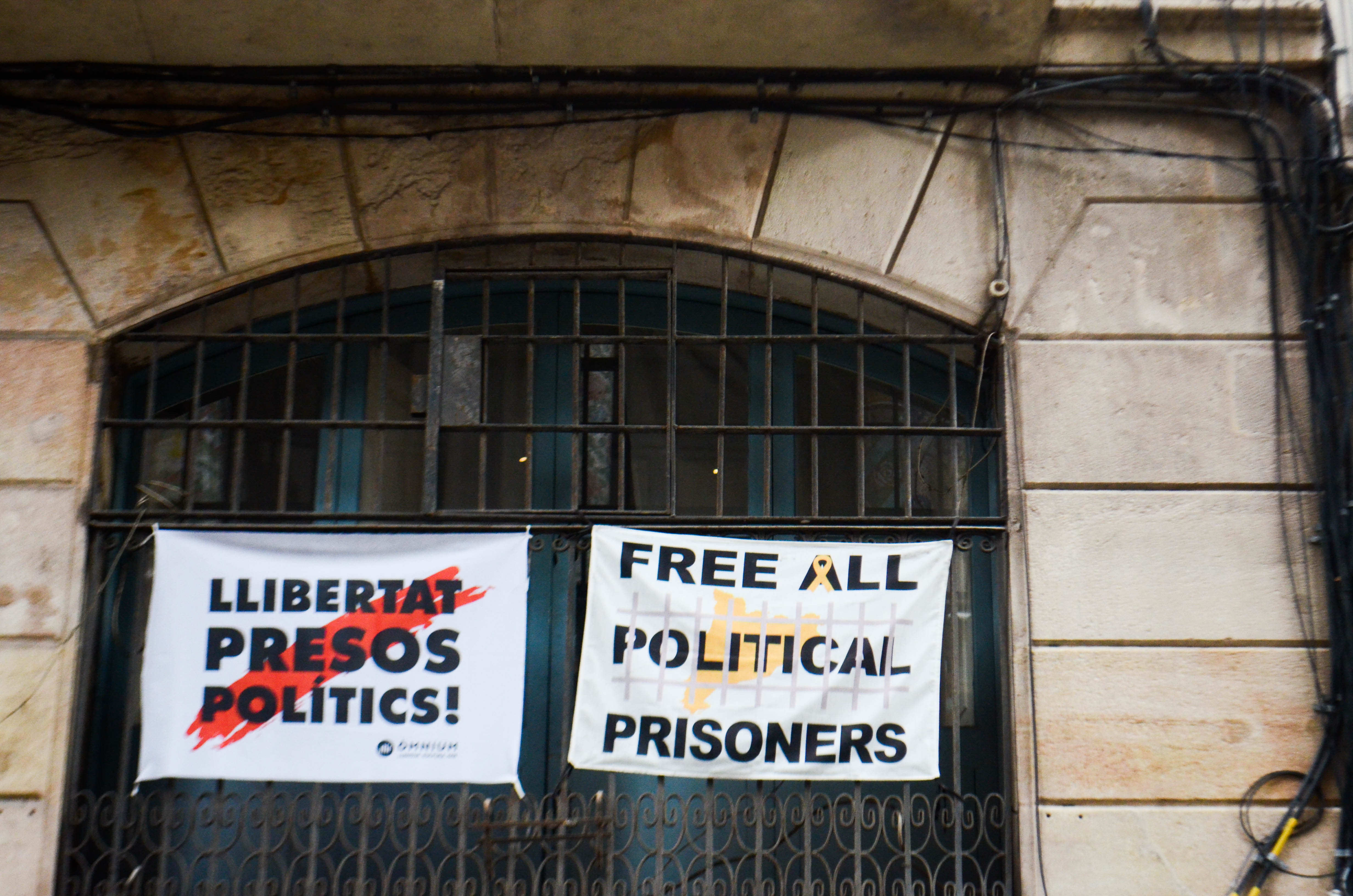
Flags reading “Free Political Prisoners” in Catalan and English.
It’s incredibly valuable for Global Studies students to be able to visit a city at the center of a movement such as this, as it is not out of the realm of possibilities for this region to gain its independence in the coming years. It will be interesting to continue keeping up with the movement and the potential ramifications for Europe of an economically powerful region breaking off from an established power.
All in all, Barcelona is one of my favorite cities that I have so far had the pleasure of visiting, and I can’t stress enough that Barcelona should be at the top of your lists of travel destinations.
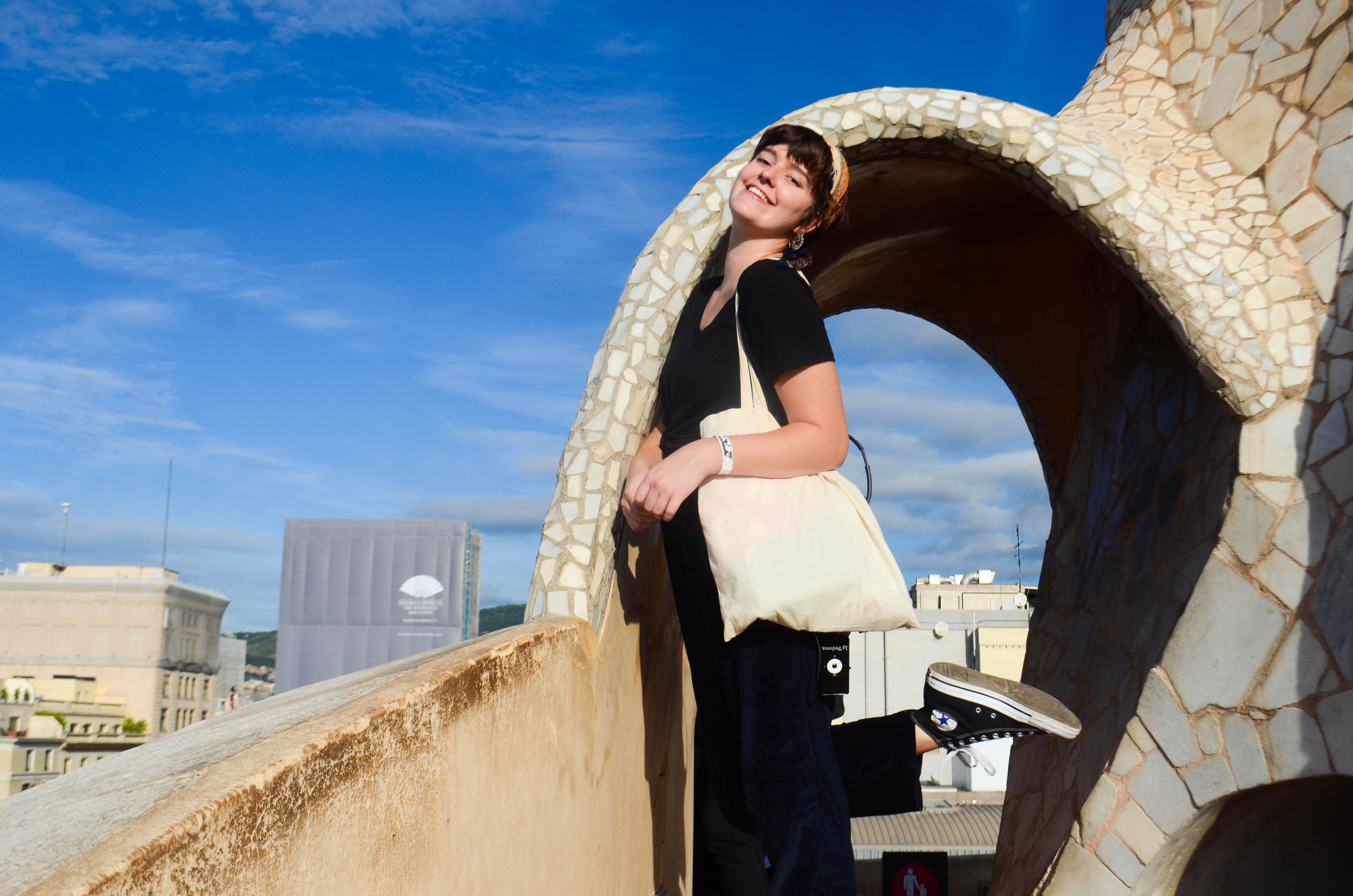
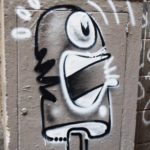
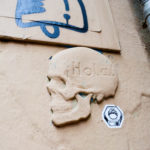


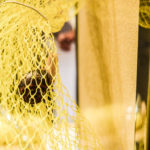
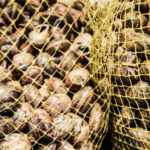
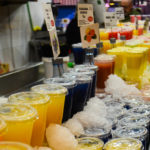

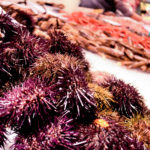

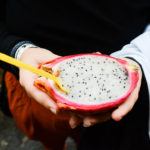
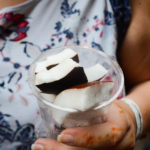
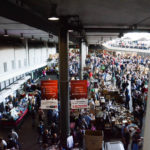
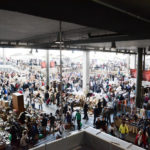
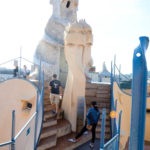
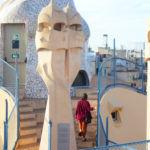
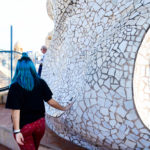
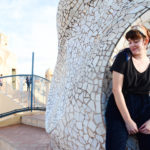
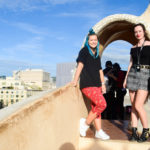
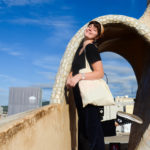
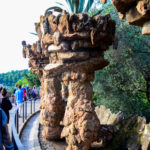
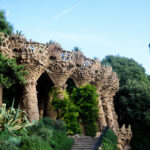
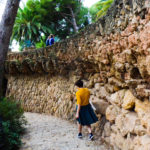
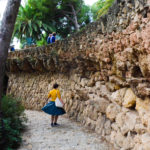

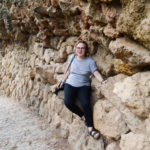
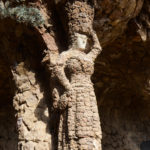
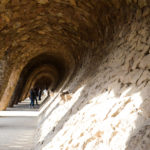
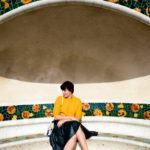
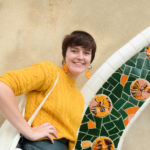
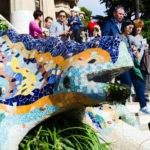
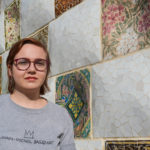
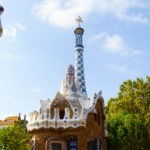

Barcelona definitely sounds like an amazing city to visit especially after your very captivating blog. I’m so glad you were able to make the trip and see so much. Thanks so for much for sharing. I can hardly wait to hear more about this semester.
Barcelona definitely sounds like an amazing city to visit especially after your very captivating blog. I’m so glad you were able to make the trip and see so much. Thanks so for much for sharing. I can hardly wait to hear more about this semester.